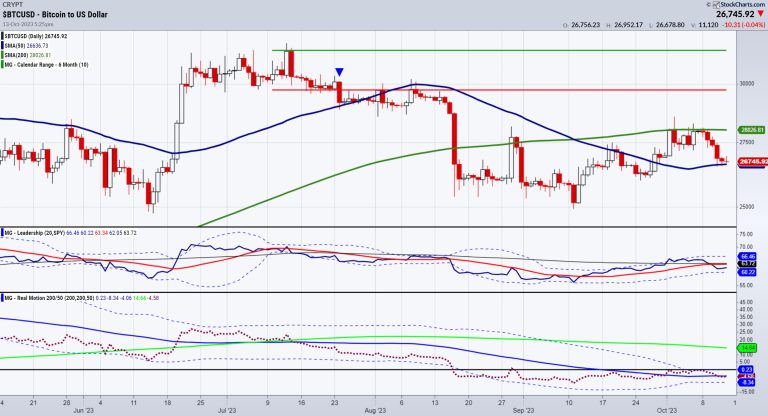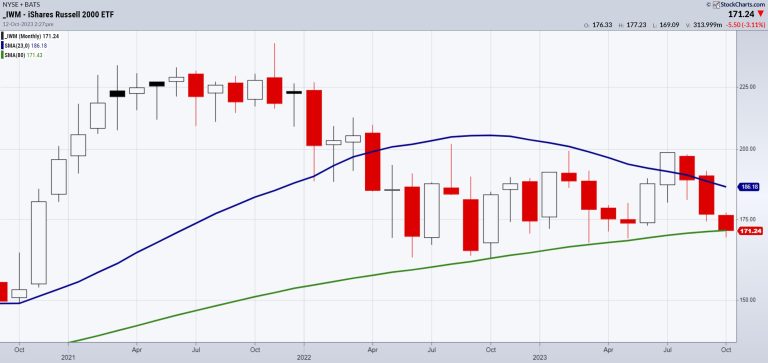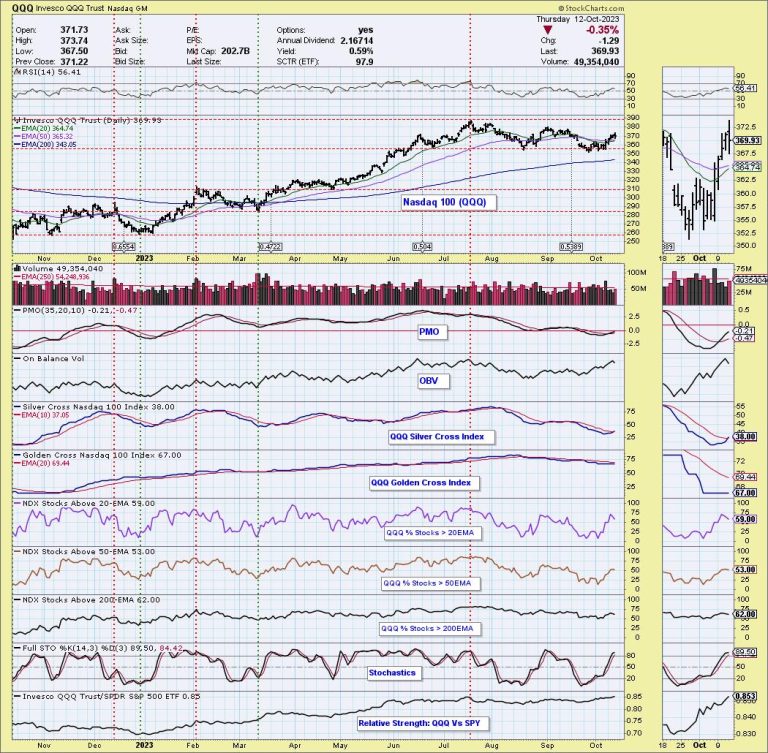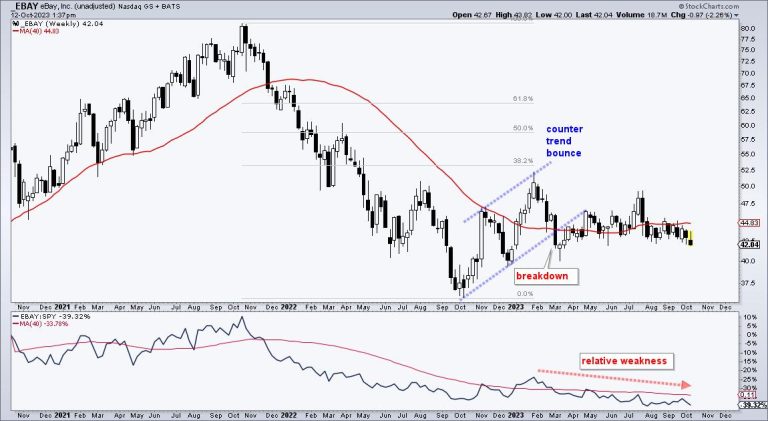I went back to my Outlook 2023 written in December 2022, where I begin with:
You Can’t Run with the Hare and Hunt with the Hounds.
This expression will ultimately summarize the upcoming year.
As the Year of the Tiger loses its roar, the Year of the Rabbit hops into view.
For 2023, one word and two expressions keep coming up:
Chaos,
Trying to fit a square peg into a round hole,
Looking for Inflation in All the Wrong Places
My readers know we have been buyers of dips in oil and gold. And that got us wondering about Bitcoin. In the next-to-last page of the Outlook, we call Bitcoin “The Family’s Adolescent”.
More:
As the one who is still trying to figure out who it wants to be in relation to the economies domestically and abroad, we love how predictable the chart looks.
A monthly breakdown under $15,950 could lead Bitcoin to lose half its value.
As December 2022 is turning into an inside month, price trading within the trading range of November, a move over $21.500, could catch many bears off guard.”
Considering the outperformance versus the SPY in September, despite currently slightly underperforming, what’s next for our adolescent? Here are some of the recent headlines about cryptocurrencies, specifically Bitcoin.
Prince Filip of Serbia: Bitcoin is an “open secure protocol akin to the internet”.Ark Invest Research forecasts $1.48 million bull case for BitcoinDeadline for the SEC to hear Grayscales’ appeal for a spot Bitcoin ETFPresident of Madiera welcomes BitcoinPaul Tudor Jones: “Bitcoin should “probably take on a larger percentage of your
We find the 2 most interesting headlines are that of Cathie Wood and PTJ. Both bulls, one with a great track record and one with a horrific one. So, could they both be wrong?
The chart of BTCUSD dissected:
Price sits on the 50-day moving average (blue line).The Phase is Distribution.The price is well under the July 6-month calendar range low.In Leadership, it underperforms the SPY.In Momentum, it is slightly below the 50-DMA for a teeny bearish divergence to price.
$26,500 is the support to hold to see higher levels. Ideally, a close over 28,000 sets up the bulls the best. With three peak lows — January 2023, March 2023, and September 2023 — Bitcoin is making higher lows. However, until momentum improves and BTCUSD begins to outperform the SPY, we are more neutral than bullish or bearish.
We do like Friday the 13th’s action, so do not lose track.
This is for educational purposes only. Trading comes with risk.
For more detailed trading information about our blended models, tools and trader education courses, contact Rob Quinn, our Chief Strategy Consultant, to learn more.
If you find it difficult to execute the MarketGauge strategies or would like to explore how we can do it for you, please email Ben Scheibe at Benny@MGAMLLC.com.
“I grew my money tree and so can you!” – Mish Schneider
Get your copy of Plant Your Money Tree: A Guide to Growing Your Wealth and a special bonus here.
Follow Mish on Twitter @marketminute for stock picks and more. Follow Mish on Instagram (mishschneider) for daily morning videos. To see updated media clips, click here.
Mish in the Media
Mish and Dale Pinkert discuss the disconnect between news and markets-and how to best invest right now in this video from ForexAnalytix’s pre-market show.
In this video from CMC Markets, Mish shares her short-term forecast for USD/JPY and popular commodity instruments ahead of the US PPI announcement and September’s Fed meeting minutes, with recent dovish comments from Fed officials suggesting a potential shift in the committee’s policies.
Mish joins Business First AM to discuss the market reaction to the war in Gaza in this video.
Mish discusses what’s needed for a market bottom on the Financial Sense Newshour podcast with Jim Puplava.
Mish takes over as guest host for David Keller, CMT on the Monday, October 9 edition of StockCharts TV’s The Final Bar, where she shares her thoughts in the daily Market Recap during a day of uncertain news.
To quote Al Mendez, “The smartest woman in Business Analysis @marketminute [Mish] impresses Charles with her “deep dive” to interpret the present Market direction.” See Mish’s appearance on Fox Business’ Making Money with Charles Payne here!
Mish covers bonds, small caps, transports and commodities-dues for the next moves in this video from Yahoo! Finance.
In this video from Real Vision, Mish joins Maggie Lake to share what her framework suggests about junk bonds and investment-grade bonds, what she’s watching in commodity markets, and how to structure a portfolio to navigate both bull and bear markets.
Mish was interviewed by Kitco News for the article “This Could Be the Last Gasp of the Bond Market Selloff, Which Will be Bullish for Gold Prices”, available to read here.
Mish presents a warning in this appearance on BNN Bloomberg’s Opening Bell — before loading up seasonality trades or growth stocks, watch the “inside” sectors of the US economy.
Watch Mish and Nicole Petallides discuss how pros and cons working in tandem, plus why commodities are still a thing, in this video from Schwab.
Coming Up:
October 19: Live coaching
October 20: StockCharts TV’s Your Daily Five
October 23: BNN Bloomberg
October 27: Live in-studio with Charles Payne, Fox Business
October 29-31: The Money Show
Weekly: Business First AM, CMC Markets
ETF Summary
S&P 500 (SPY): 435 resistance, 429 support.Russell 2000 (IWM): 177 resistance, 170 KEY support.Dow (DIA): 338 resistance, 332 support.Nasdaq (QQQ): 368 pivotal, 363 support.Regional banks (KRE): 39.80-42.00 range.Semiconductors (SMH): 150 resistance, 143 support.Transportation (IYT): 237 resistance, 225 support.Biotechnology (IBB): 120-125 range.Retail (XRT): 57 key support; if can climb over 61, bullish.
Mish Schneider
MarketGauge.com
Director of Trading Research and Education










